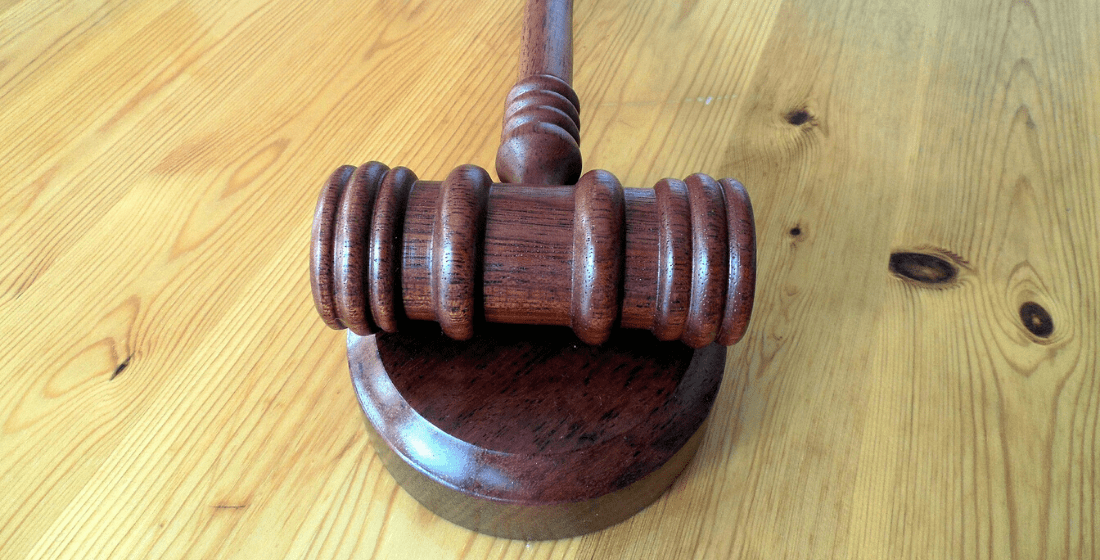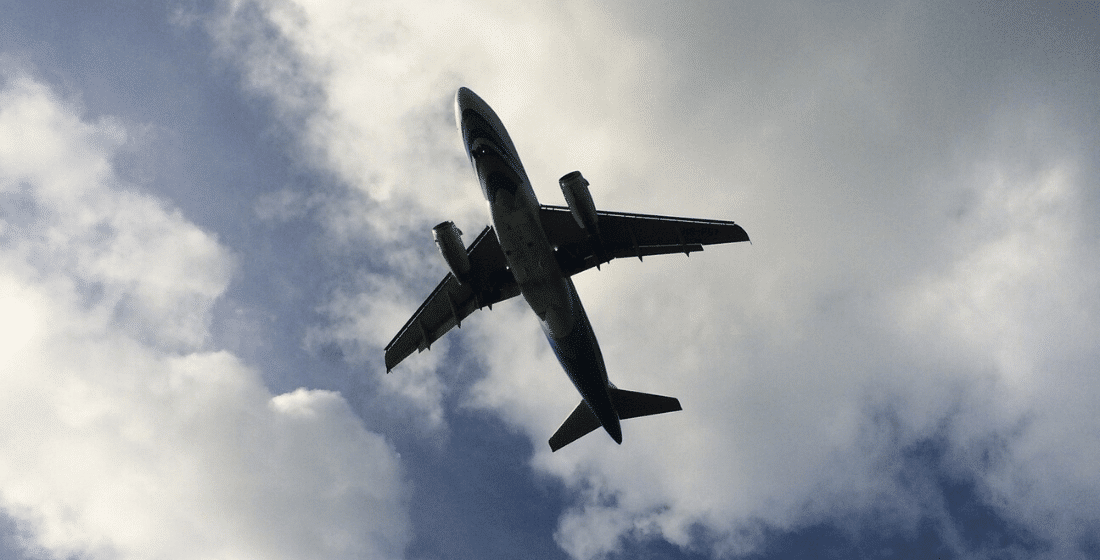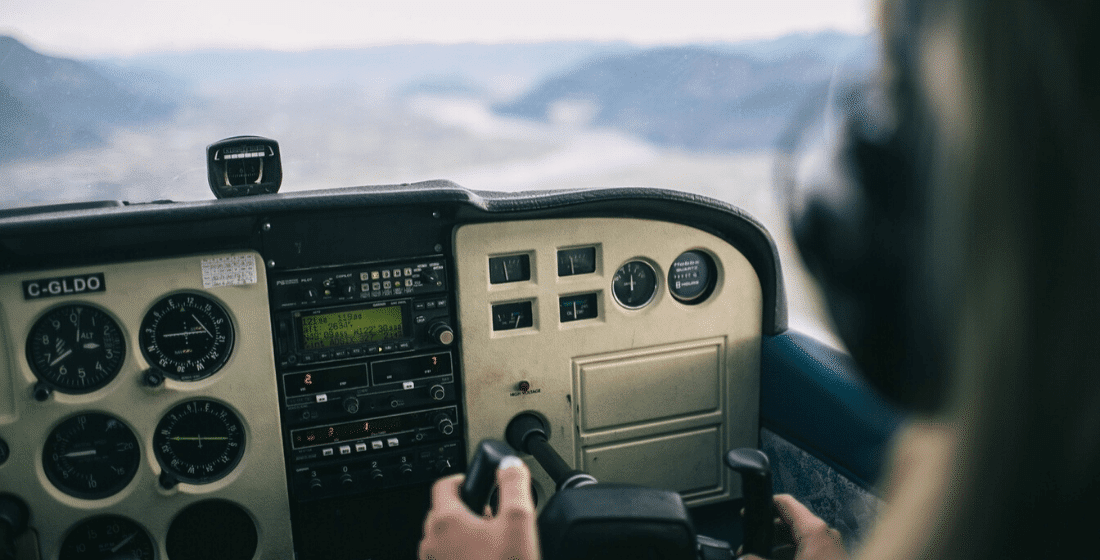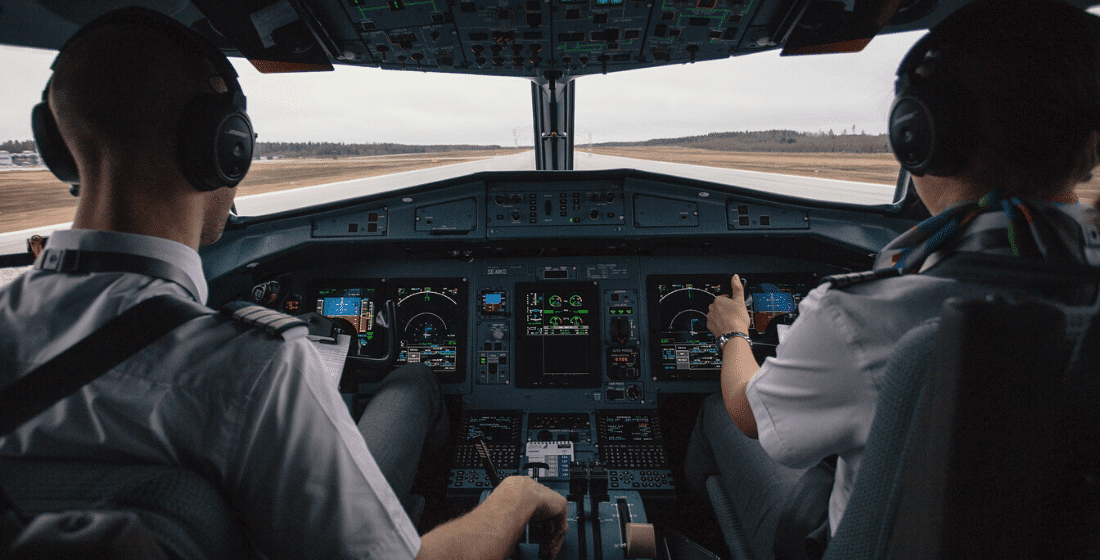Aviation Accident Compensation: What You Need To Know
Helicopter and airplane crashes can change victims’ lives forever, along with the lives of their families and the people who love them. Whether the crash led to injuries or a tragic loss of life, victims and their loved ones may be entitled to compensation to cover medical bills, lost wages, and emotional pain and suffering. Aviation accident compensation can vary and can be dependent upon the circumstance and the type of injuries sustained. In addition, these cases can be complex because of the different factors in an aviation accident. Depending on what caused the accident, the airline, the pilot, the manufacturer, or a combination of parties can be held liable. The approach an aviation attorney will take to secure a favorable settlement will also differ if a flight has an international leg, since the Montreal Convention provides victims and their families with an additional avenue for legal action.
Furthermore, aviation accident lawsuits don’t merely benefit victims and their families. When faulty manufacturing, pilot fatigue, inadequate crew training, or other factors play a role in a catastrophic aviation accident, filing a lawsuit to hold the responsible parties accountable can have wide-reaching effects for future passengers and flight crews, raising standards and improving safety for all travelers.
Still, aviation laws and regulations are extremely complex, which makes it a long and complicated process to file a successful lawsuit after an accident occurs. It can take months or even years following a crash simply to determine what caused the accident and who was at fault. Only once these factors are revealed can aviation accident attorneys secure any measure of justice for crash victims or their families.
Recent Lawsuits Against Airlines
In recent years, lawsuits against airlines have taken center stage in the news across the world as high-profile commercial airline accidents have resulted in numerous lives lost and a worldwide call for greater safety regulations in the airline industry.
Two recent crashes involving 737 Max 8 jets manufactured by Boeing have framed the ongoing fight for more comprehensive regulations: a Lion Air flight that crashed off the coast of Indonesia in October 2018, and an Ethiopian Airlines flight that crashed in Ethiopia in March 2019. Both planes had sensors that failed shortly after takeoff, triggering their anti-stall systems, which then forced the planes to point downward. In both events, the planes’ pilots struggled and failed to counteract the computer error in time to avoid a crash. In both crashes, everyone aboard was killed.
It was subsequently found that the chief technical pilot at Boeing knew about problems with the 737 Max’s anti-stall system for two years before these fatal crashes occurred. Within six months of the Ethiopian Airlines crash, multiple law firms representing victims’ families had filed nearly 100 suits against Boeing, with even more likely to follow.
Wrongful death lawsuits of this type focus on negligence on the part of the aircraft manufacturer, as well as the manufacturer of the specific part that was flawed. Wrongful death claims can also be filed against the airline, as well as in some instances the Federal Aviation Administration (FAA). While investigations are ongoing in the 737 Max crashes and the outcome of these particular cases has yet to be determined, this type of lawsuit can have benefits that extend beyond compensation for the families that are directly affected by the crash. If settled successfully, these claims can bring about positive change in the aviation industry, raising safety standards for all and protecting passengers from the often catastrophic impact of these incidents.
What Do Recent Plane Crash Statistics Reveal?
While there has been a movement towards greater regulation in the aviation industry, changes are often slow and incremental, particularly for families still reeling from the consequences of these avoidable accidents. Although automation has helped prevent some accidents, pilots who rely heavily on automation may not have ample opportunity to sharpen their flying skills. In these cases, pilots may panic and fail to take proper action when automation forces them to make split-second decisions that impact the lives of many.
While 2017 was the safest year on record in the history of aviation, with only 10 accidents and 44 fatalities, there was a jump in plane crashes in 2018, with 15 accidents and 556 deaths. Victims in these accidents who are faced with life-altering injuries and family members mourning the loss of a loved one know that even one accident can have tragic repercussions.
The Lion Air flight that crashed off the coast of Sumatra was the single deadliest aviation accident in 2018. However, these plane crash statistics don’t cover only commercial aviation or major airline crashes. They also cover general aviation, which includes accidents involving smaller, privately owned aircraft. Private and chartered planes, including commuter and sightseeing flights, reveal more grim crash statistics connected to pilot error, low visibility, adverse weather conditions, and other factors. In addition, pilots for private planes may not be as experienced or rigorously trained. Small planes my also have fewer safety features in place that would help correct for pilot errors, and they have fewer regulations around required maintenance. All of these elements contribute to the significantly higher rate of general aviation accidents as compared to commercial aviation.
Operational Errors Found to Be Common Cause of Helicopter Crashes
Helicopters are even more dangerous than private planes due to various factors, including the fact that they have more moving parts and take off and land more frequently than other types of aircraft (most aircraft accidents occur during takeoff and landing). Operational errors are a common cause of helicopter crashes, including failures on the part of the pilot or maintenance crew to adequately maintain the helicopter, plan a flight path, or undergo proper training.
One major reason why so many helicopters crash is because many helicopters are operated in high-risk situations, such as search-and-rescue missions conducted in inclement weather or life flights transporting critically ill patients to hospitals in dark or cloudy conditions. These conditions would ground most planes, whether commercial or private, but helicopters can access areas that other types of vehicle cannot easily reach, which is why they are important, if risky, tools in these types of situations.
Plenty of helicopter crashes, on the other hand, have involved sightseeing or tour helicopters—pleasure rides, as opposed to essential life-saving missions. Tour helicopter companies can have spotty track records as far as safety statistics. Tour operators have been known to employ less experienced pilots and cut corners on aircraft maintenance and safety features in order to increase profits, often leading to aircraft accidents due to human error. In addition, tours in popular tourist destinations, including the Hawaiian Islands and the Grand Canyon, involve unique conditions and challenges, including rapidly-changing weather patterns, high winds, and unfamiliar terrain for what are often relatively inexperienced pilots. Passengers who choose to take sightseeing tours should do research beforehand by looking into the particular company’s safety record, pilot experience, and any safety features the helicopter may be missing, such as closed doors or quick-release harnesses.
Problems in Aviation Which Can Impact Passenger Safety
The aviation industry has faced mounting issues in recent years. Some of the most pressing challenges facing the aviation industry include the following:
- Increased air travel and an ongoing pilot shortage: Nearly half of pilots currently working for commercial airlines are scheduled to retire within the next decade. At the same time, an increase in consumer demand for flights has left airlines struggling to keep up. There are also fewer highly qualified pilots coming out of the Air Force to work for commercial airliners than in the past. These factors together result in fewer professionally trained pilots in the aviation field who have the extensive training and experience required to handle many of the more challenging situations that can arise in the air.
- Automation errors: Many newly trained pilots have been taught to put the plane on autopilot. By relying so heavily on automation, pilots are not practicing the skills necessary to fly a plane. Therefore, when automation fails, many of these pilots don’t know how to react quickly and correctly to prevent an accident.
- Aging infrastructure paired with advancing technology: The aviation industry at large is invested in innovation in the form of new technologies, safety advancements, and other programs. Many of these advancements are attempts at meeting new, more rigorous Federal laws and regulations, but they cost airlines a great deal of money to develop. When they are implemented via an aging infrastructure that ultimately fails, more passengers are put at risk of serious injury or even death.
- Climate change: Keeping commercial flight schedules running smoothly depends on favorable weather conditions. There has always been some expectation of unforeseen weather events causing flights to be grounded, but global climate change in recent years has contributed to more extreme heat, storms, and other weather patterns around the world that have affected whether airplanes of all types can fly safely. These changing conditions may make it more difficult to fly a plane in suddenly changing, more violent storms and adverse weather conditions, putting passengers at risk.
- Rapidly shifting oil prices: Fuel prices account for nearly one-third of flight costs, and when oil prices rise, profits fall. Oil prices have always fluctuated, but they have become more volatile in recent years, which has a direct impact on the cost of flights and the overall profitability of the aviation industry. To protect their bottom line, airlines may be more willing to cut corners in regards to safety to ensure profitability.
The laws and regulations governing aviation are extremely complex. If your life has been forever changed by a devastating airplane or helicopter crash, whether you were a victim or you lost a loved one in the accident, you need a capable attorney to fight for justice on your behalf. There is no amount of money that can make up for losing a loved one or adjusting to a “new” life after sustaining serious injuries, but compensation can help alleviate financial pressures during an extremely difficult time.
Slack Davis Sanger’s Aviation Accident Attorneys Are Fierce Advocates for Safer Skies
The aviation accident lawyers at Slack Davis Sanger draw upon a long track record of handling airplane crash claims for victims and their families when taking on a new case. Our attorneys include licensed pilots, as well as a former NASA aerospace engineer, all of whom have a deep understanding of aviation laws and regulations and the technical aspects of aviation crashes. We treat our clients with great compassion as we use every resource at hand to ensure our clients and their families receive the compensation they deserve, so they can begin moving forward after a catastrophic accident.

The firm handles cases involving catastrophic personal injuries and deaths. Our work spans three decades of handling airplane and helicopter crashes, truck and car accidents, oilfield and construction accidents, and other devastating accidents. We try lawsuits throughout the country in both federal and state courts and have recovered hundreds of millions of dollars for our clients. To date, we have handled or tried cases in 47 states, read more about our attorneys and firm.




